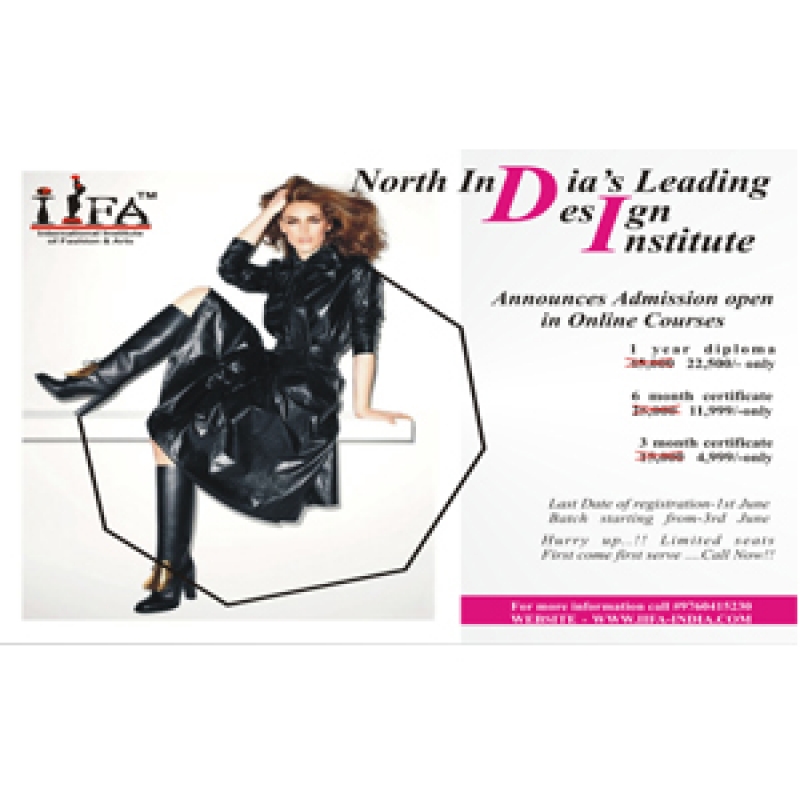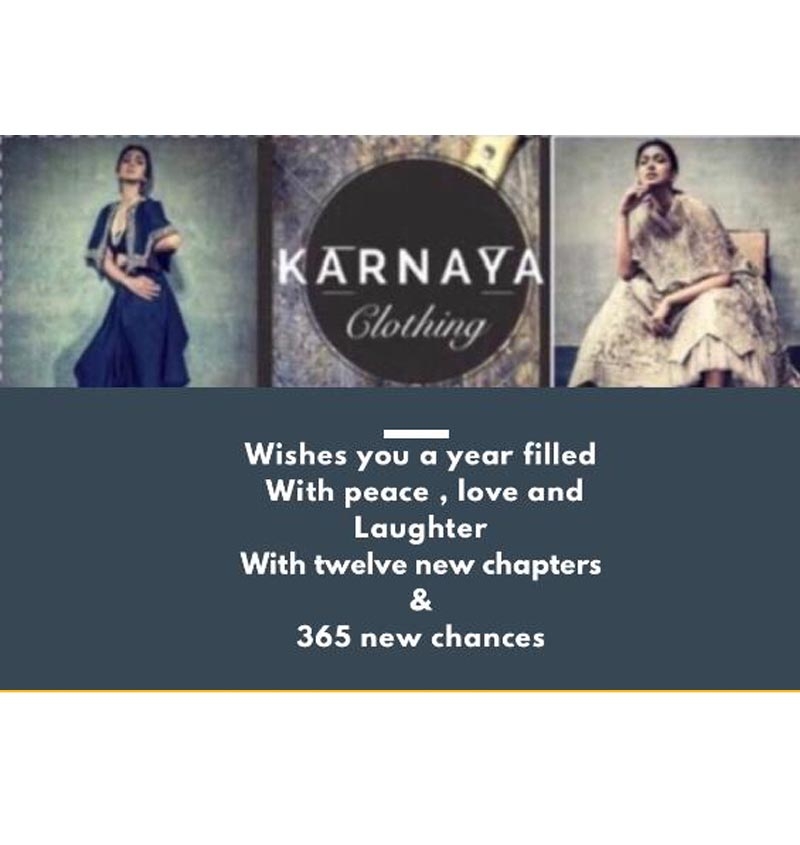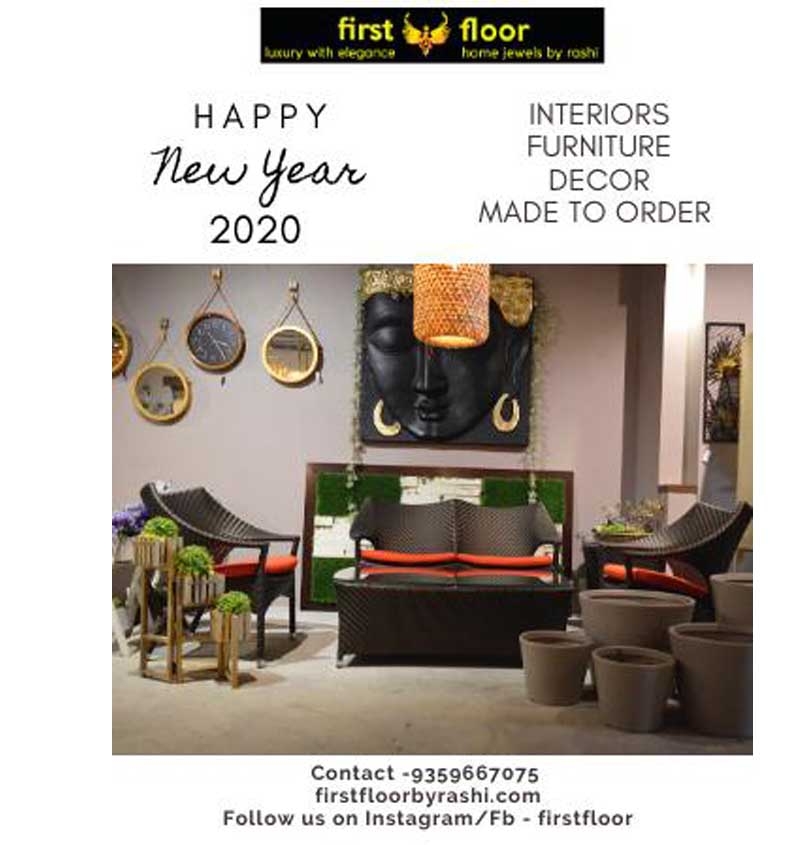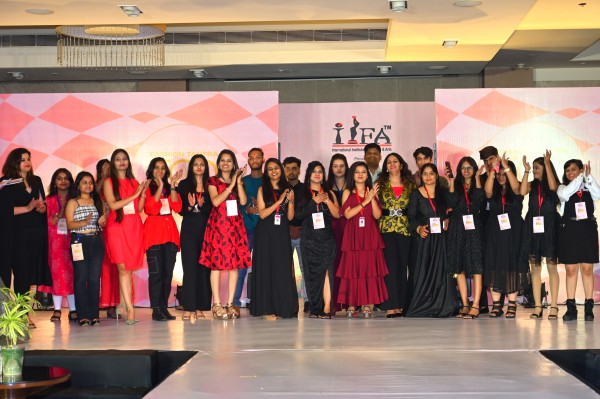What is a Fashion Influencer?
A fashion influencer is more than just someone with a good wardrobe. These are content creators who use platforms like Instagram, TikTok, YouTube, and Pinterest to showcase their sense of style, often collaborating with brands to promote clothing, accessories, and beauty products. With the ability to connect with niche audiences on a personal level, influencers can launch trends, revive vintage styles, and even dictate what’s in before it hits mainstream stores.
From micro-influencers with a few thousand followers to mega-stars like Chiara Ferragni or Wisdom Kaye, these digital style leaders hold enormous sway over purchasing decisions. In fact, according to recent studies, 70% of teens trust influencers more than traditional celebrities.
Fashion Meets Authenticity
What sets fashion influencers apart from traditional advertising is the perceived authenticity. Followers don’t just admire their style — they relate to their personalities, routines, and real-life contexts. This relatability turns everyday outfits into aspirational looks, making fashion feel more accessible and inclusive.
Instead of seeing a $5,000 designer coat on a model in Paris, a follower might see how a thrifted version can be styled into a trendy streetwear look by an influencer in their city.
Shifting Power in the Industry
Fashion influencing has democratized style in many ways. While legacy brands once dictated trends from the top down, now inspiration can come from anywhere — a viral TikTok styling hack, a Gen Z creator mixing high fashion with DIY, or an influencer spotlighting sustainable brands.
In response, major fashion houses have pivoted. Influencers are now front row at Fashion Week, walking red carpets, and co-designing collections. Brands increasingly rely on influencer partnerships not just for promotion, but for product development, market insights, and brand storytelling.
Challenges of the Influencer Era
However, the world of fashion influencing isn’t all glamour. Influencers often face criticism over fast fashion promotion, overconsumption, and the blurred lines between authenticity and advertising. There's also growing pressure to remain relevant in a constantly evolving digital space, where algorithms shift and trends change overnight.
As sustainability and ethical consumption become more important to audiences, influencers are also being called to lead with responsibility — promoting conscious brands, sharing outfit repeats, and discussing the environmental impact of fashion.
The Future of Fashion Influencing
As technology continues to evolve, so too will fashion influencing. Expect to see more integration of AI-generated fashion, virtual try-ons, digital wardrobes, and even metaverse fashion events. What will remain constant is the influencer’s ability to connect, inspire, and influence style decisions in real-time.
Fashion influencing isn’t just a trend — it’s a cultural shift. It reflects how we consume, communicate, and express identity in a connected world. Whether it’s through a 15-second reel or a long-form YouTube vlog, influencers are shaping not only what we wear, but how we feel about what we wear.



















Your Message